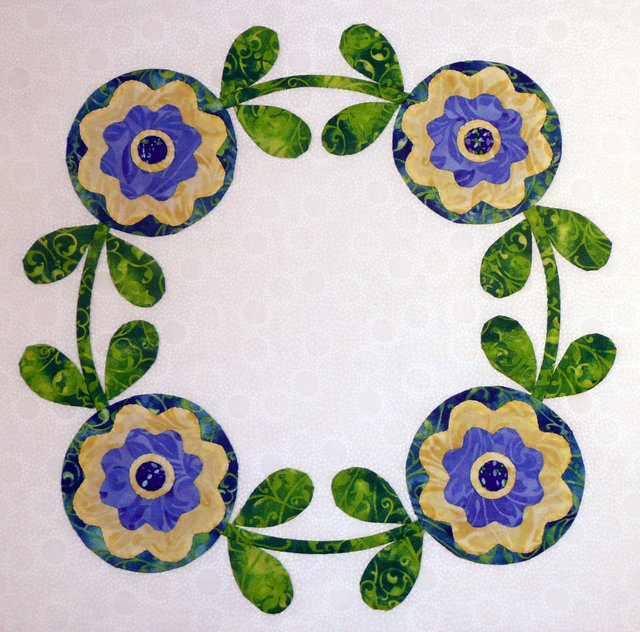
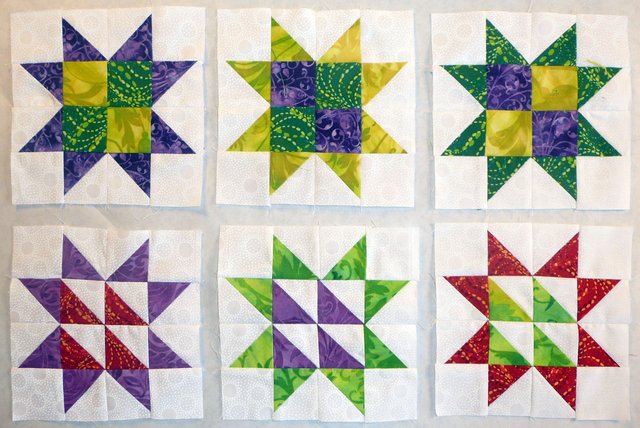
Here it is the final month of your quilt journey. This month you will be making the final blocks and assembling your masterpiece. If you're working on Hugs and Kisses, this month's final "assignment" is the Ring around the Roses block (above left). If you're working on Star Crazy, you'll be working on "Four-Patch and Quad Stars" (above right).
No matter which BOM you've chosen, you're sure to pick up lots of useful info and tips from Sue Garman's great instruction.
To download the December BOM pattern for Hugs and Kisses, click here. To download the December patterns for Star Crazy, click here. And be sure to catch Alex's new classroom lesson's here on Piecing 101 featuring our Star Crazy BOM. Alex helps you work to improve your skills.
In the meantime, for surefire inspiration, visit the BOM section of Show and Tell (be sure to click "Show BOM ONLY" view) to view the beautiful blocks already posted by fellow TQS members.


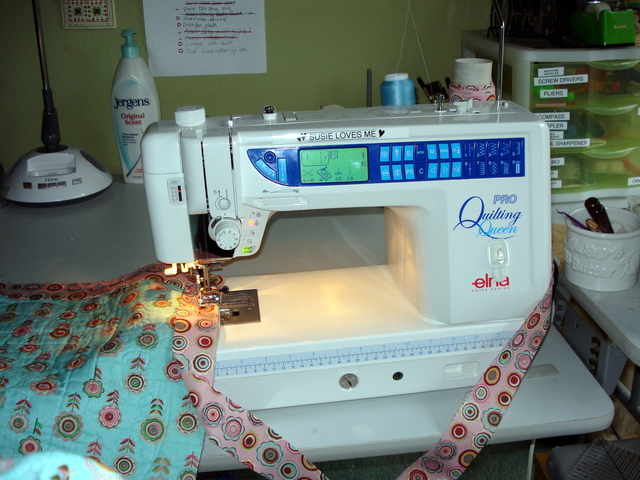

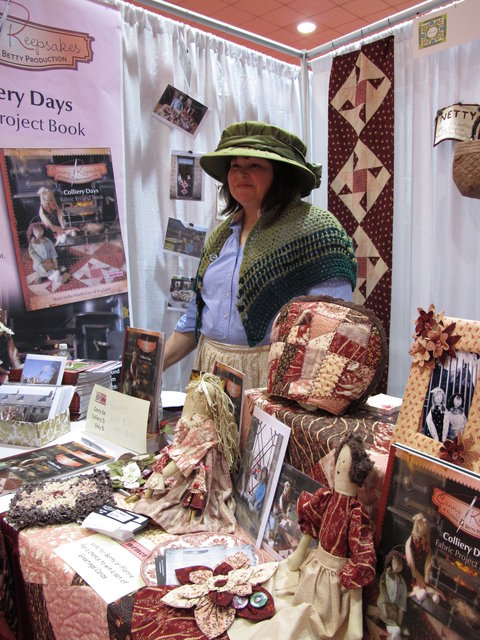
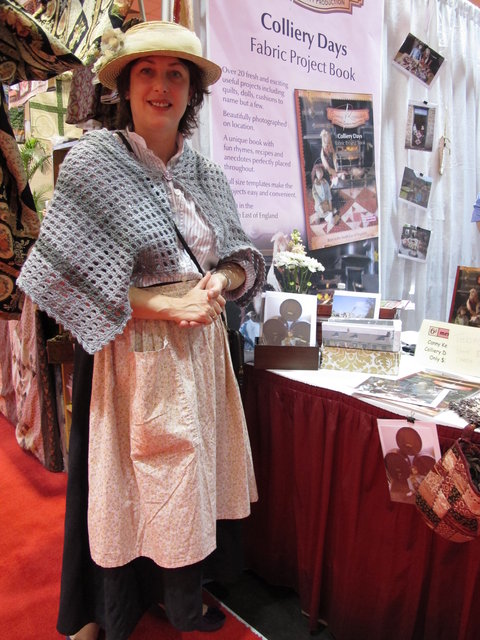
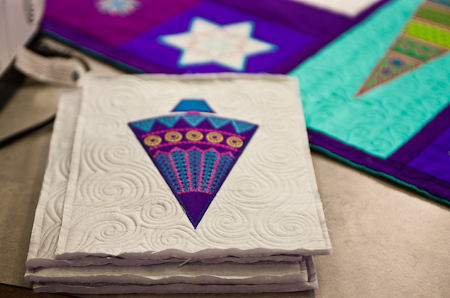
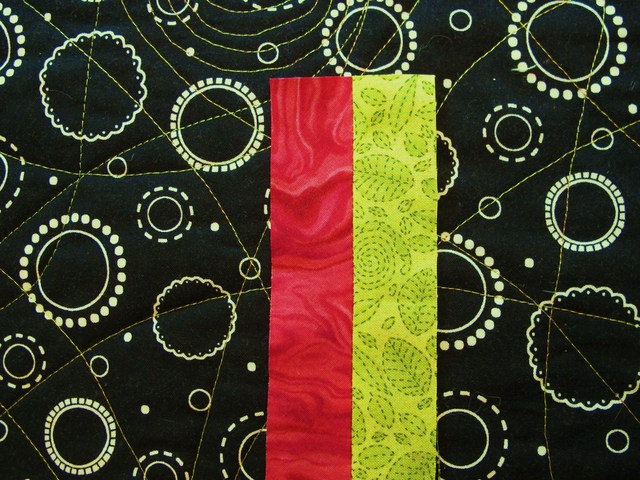
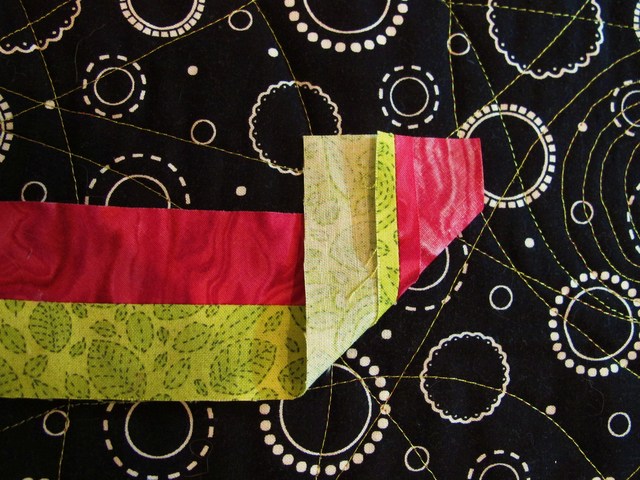
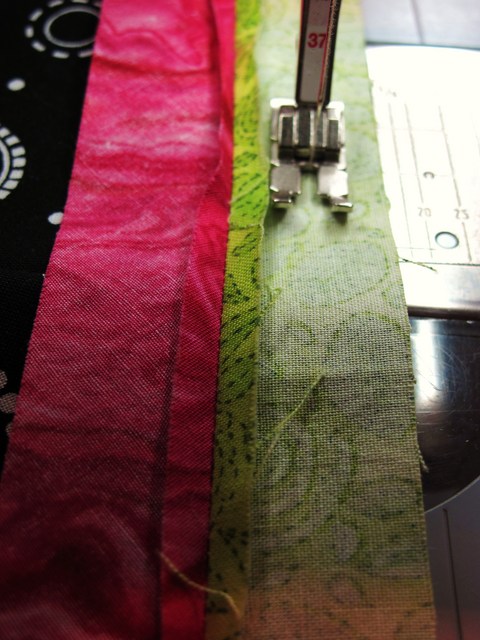
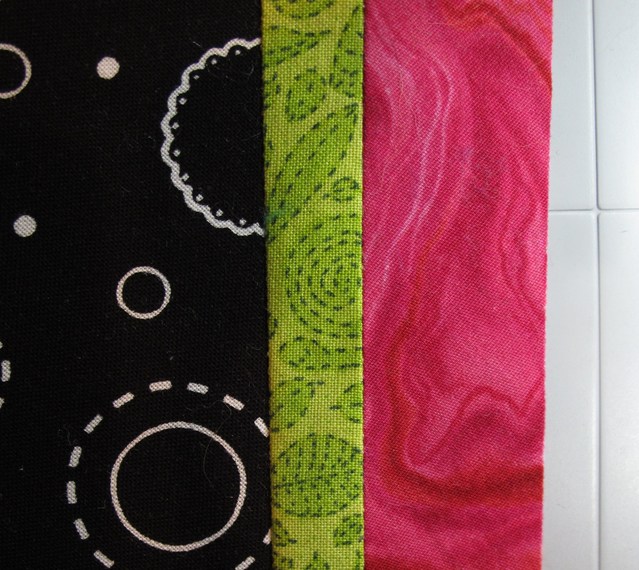
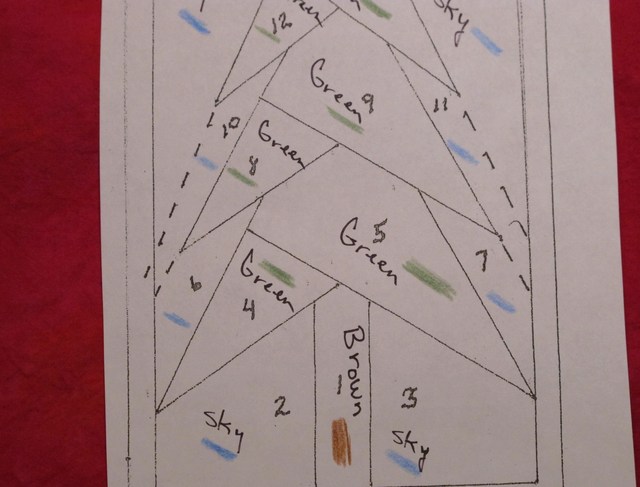

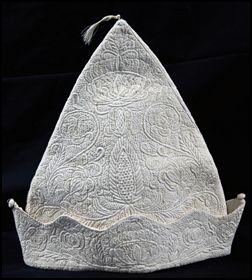

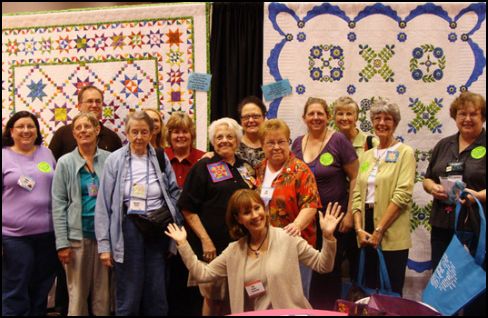
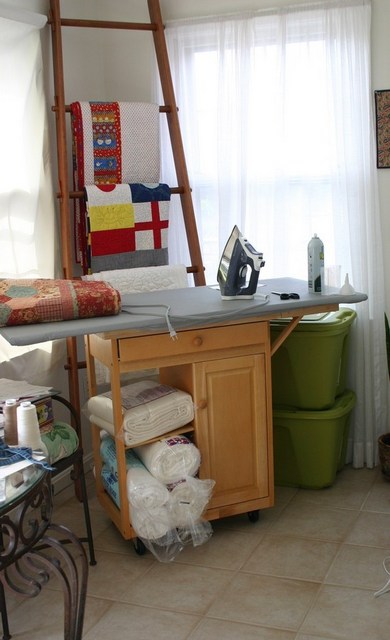


.jpg)


